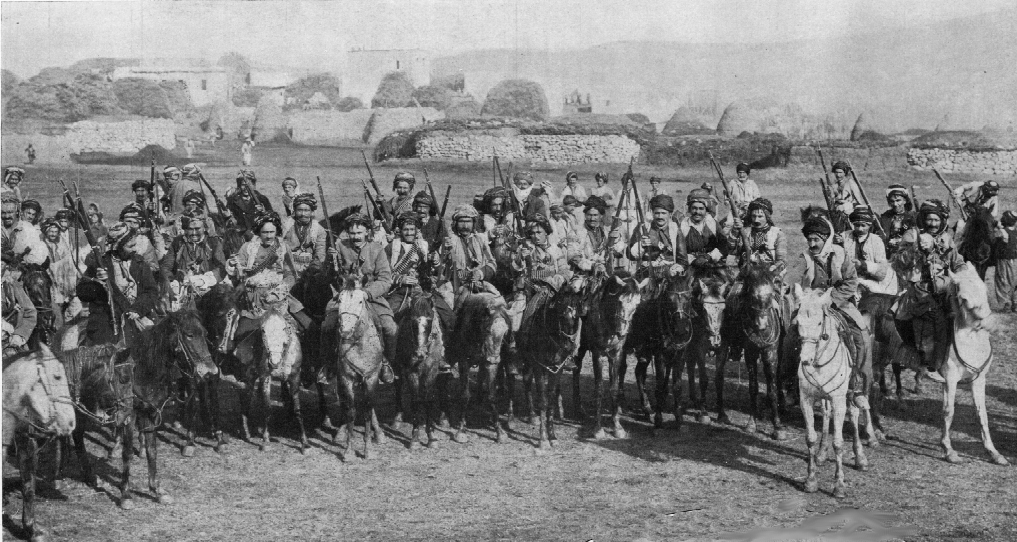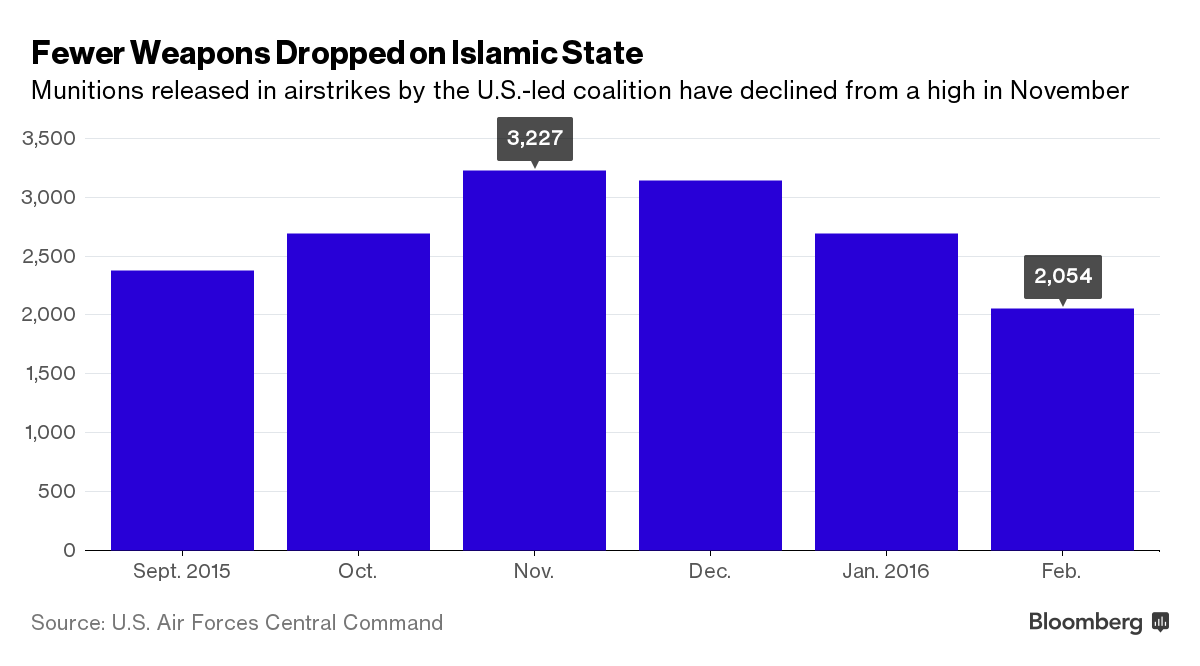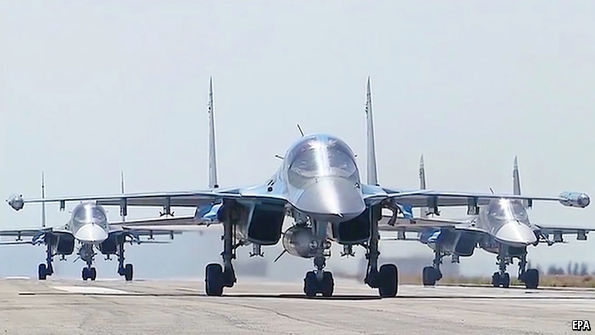The American political campaign has ended up discussing NATO recently, including one candidate who states that NATO is “obsolete.” The sense is that America’s allies are not pulling their weight. Let us just look at some comparative defense budgets for a moment. Most figures below are estimates for 2015 from the International Institute of Strategic Studies (IISS), a private UK based organization. I cannot vouch for their accuracy, but they have been doing this for a while.
United States: $597.5 Billion or 3.3% of GDP
Now, our NATO allies are spending much less. The big spender is the United Kingdom at 56.2 billion or 2% of their GDP. This is followed by Germany at 36.6 billion which is only 1.1% of their rather large GDP (largest economy in Europe). France is at 32.0 billion or 1.9% of their GDP (note that the SIPRI figures are much higher for France). Other large NATO countries include:
Turkey…..….22.6….2.2% (these are 2014 SIPRI figures)
Italy….…..….21.1….1.1%
Canada………14.0…..0.9%
Spain…………10.7…..0.9%
Poland…..…..10.3….2.1%
Netherlands…10.1.…1.2% (these are 2014 SIPRI figures)
Total NATO expenditures (not including United States) for 2014 was $310 billion (SIPRI figures). I gather it is now somewhat less. It was the goal once that every member of NATO spent 2% of their GDP on national defense. Many NATO members are far below that goal.
So, it would appear that the U.S. spending 3.3% of its GDP on defense, while no major country in NATO is spending much more than 2% of its GDP on defense. In contrast Russia is spending $51.6 billion or 4.1% of GDP. So certainly between England, Germany, France, Italy, Turkey, Spain, Poland and the Netherlands they are spending at least $195.2 billon on defense, which is almost four times what Russia is spending.
If one looks to the Pacific, one sees the same pattern. The United States spends 597.5 billion on defense or 3.3%. Our ally Japan spends 41.4 billion or 1.0% of GDP. South Korea, sitting opposite the very unstable and dangerous North Korea, spends 33.4 million on defense or 2.4% of GDP. Taiwan, still claimed as a province by China, spends 10.2 billion or 1.9% of GDP.
In contrast China is spending 145.8 billion on defense or 1.2% of its GDP.
Now these are mostly IISS figures, there are somewhat different figures provided by the Stockholm International Peace Research Institute (SIPRI). For example they have the U.S. budget figures at 596.0 (vice 597.5) but this makes up 3.9% of GDP (vice 3.3%). Not sure why there is such a big difference in the figures for percent of GDP. They have a much higher figure for China (215 billion at 1.9% of GDP), Russia (66.4 billion at 5.4% of GDP) and France (50.9 billion at 2.1% of GDP). They have a world total figure of 1,676 billion (of which the United States spending makes up 35.6%) while the IISS has a world total figure of 1,563 billion (of which the United States spending makes up 38.2%).
Of course, this does not address how much “bang for the buck” people are getting.


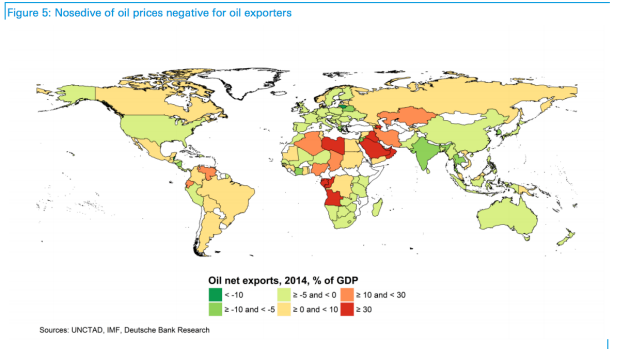
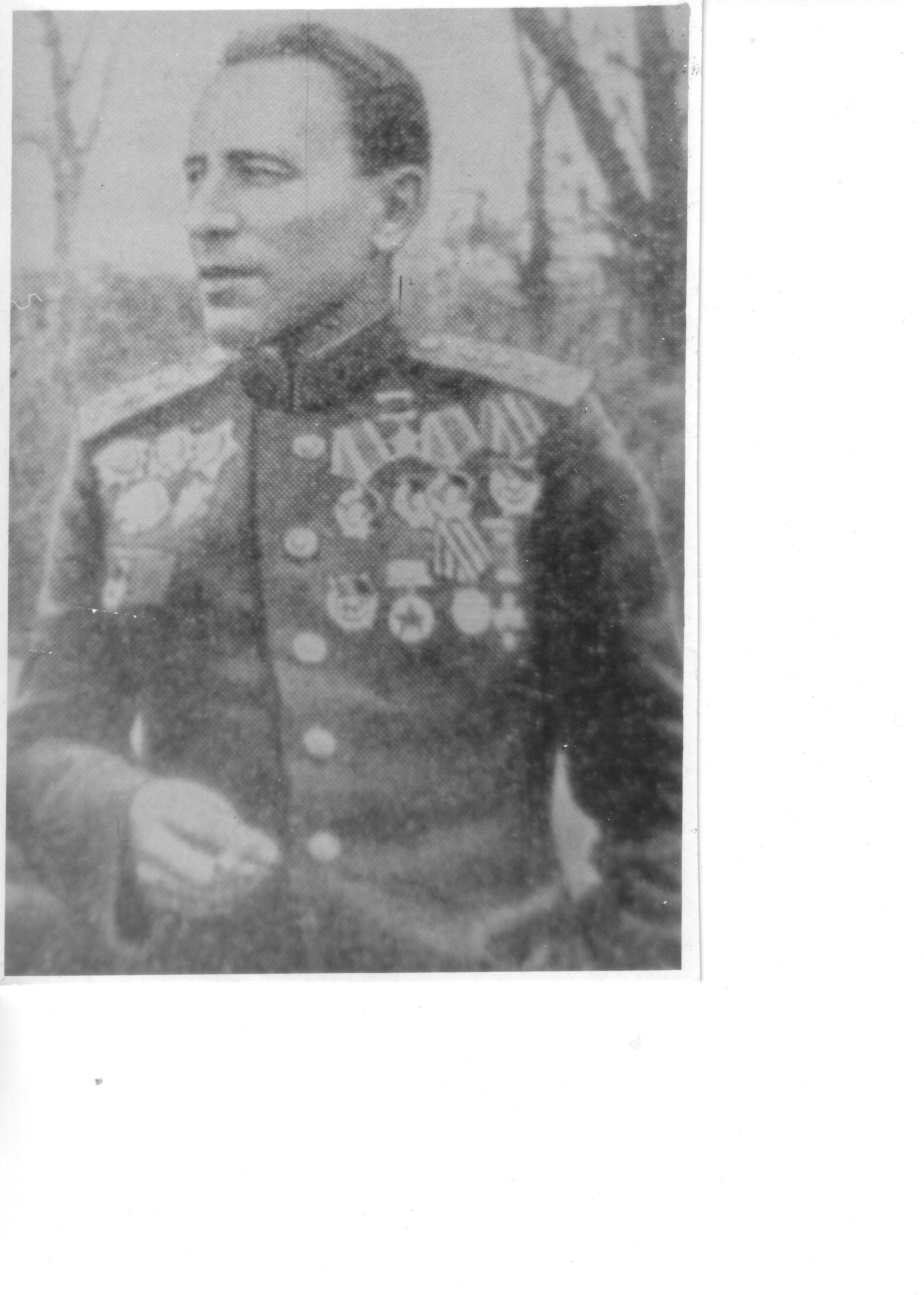 Article in The National Interest by Michael Peck on Russia reconstituting the First Guards Tank Army:
Article in The National Interest by Michael Peck on Russia reconstituting the First Guards Tank Army: 
